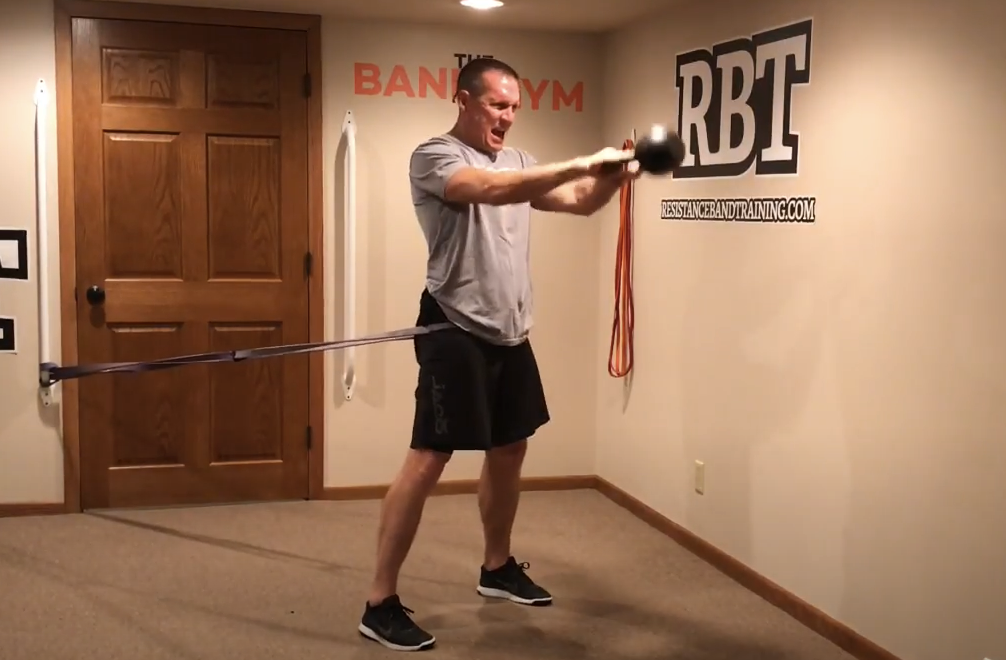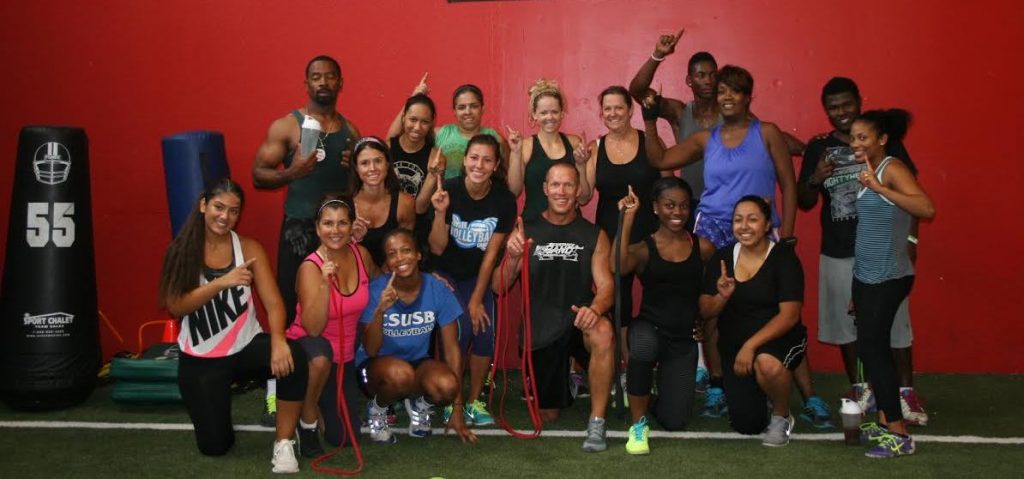The Dynamic Stabilizer allows individuals to functionally train the butt muscles (specifically the Glute Medius) while standing
The Glute Medium is very important in helping maintain good side-to-side stability of the knees, hips, ankles and low back. This in turn helps keep standing balance rock solid no matter what surface you are walking on.
By training while standing, individuals can take advantage of ground reaction forces as well as gravity, to not only turn on the glutes but also make them work harder. Our glutes are wired up to turn on every time our foot contacts the ground.
Biggest Problem With Non-Weight Bearing, Glute Strength Training
The biggest problem I have with non-weight bearing, glute strength training is it is a manufactured position. Therefore, the glutes are learning how to work in a position that is not driving a normal response. Considering how much we function while standing everyday, I would prefer standing to be the posture of choice. Placing the dynamic stabilizer above the knee is the key to training success.
Most individuals place the dynamic stabilizer around their ankles. The problem with that position is it allows the knee joint to compensate. By placing the band above the knee it allows you to target the glutes better and not have to worry about the knee becoming irritated or compensating.
How to Train the Glute Medius Using a Dynamic Stabilizer
Attach the dynamic stabilizer over your thighs just above your knees and start walking around. Actually, it can require more coaching than that. However, if you don’t have a huge weakness of your Glute Medius you will find that this simple approach automatically gets the Glute Medius fired up.
Just make sure you keep tension on the band at all times by emphasizing a shoulder width or wider base of support. If you let the band become loose it will lead to band migration and the muscles not responding.
One of the most common signs of Glute Medius weakness, when using the dynamic stabilizer, is excessive shoulder movement side-to-side while doing lateral walks. If you or someone you work with demonstrates a lot of side-to-side shoulder movement, it probably indicates significant glute medius weakness. If that is the case, I suggest using this exercise progression.
Exercise Progression for Glute Medius Weakness
- Quarter squatting
- Box squat with isometric hold at the bottom
- Speed squat
- Drop squat
- Full squat with an added dead weight load
- Alternating left-right lateral step while maintaining a quarter squat
- Repeated 3 to 4 lateral steps in the same direction staying in a quarter squat
- 3-step quick shuffle steps
Once individuals are able to achieve a full squat with a dead weight load, they can progress into more advanced dynamic stabilization exercises like those demonstrated below.
Obviously the best thing about using the dynamic stabilizer to train the Glute Medius is that it can always go with you no matter where your travels take you. As a result, you always have a Cardio-Butt workout waiting for you.




